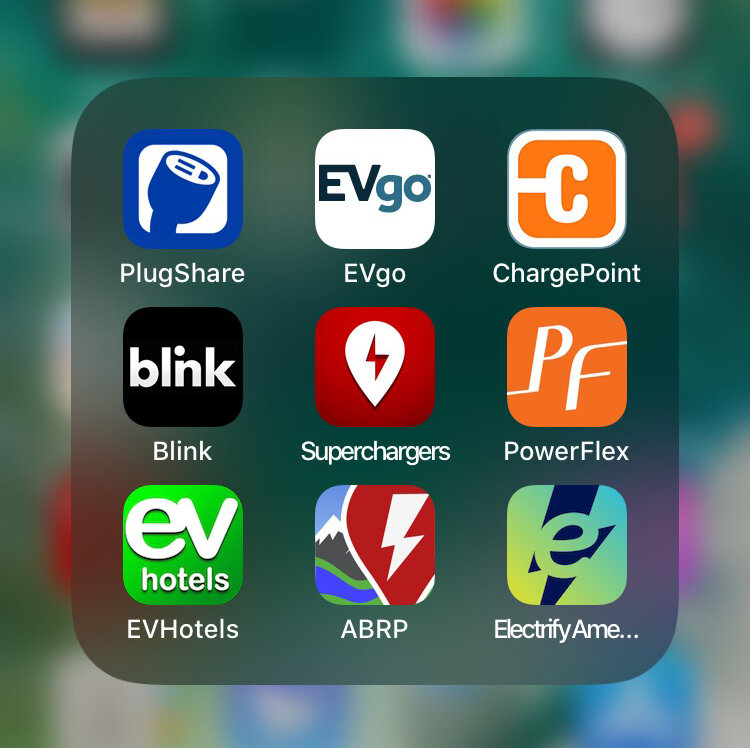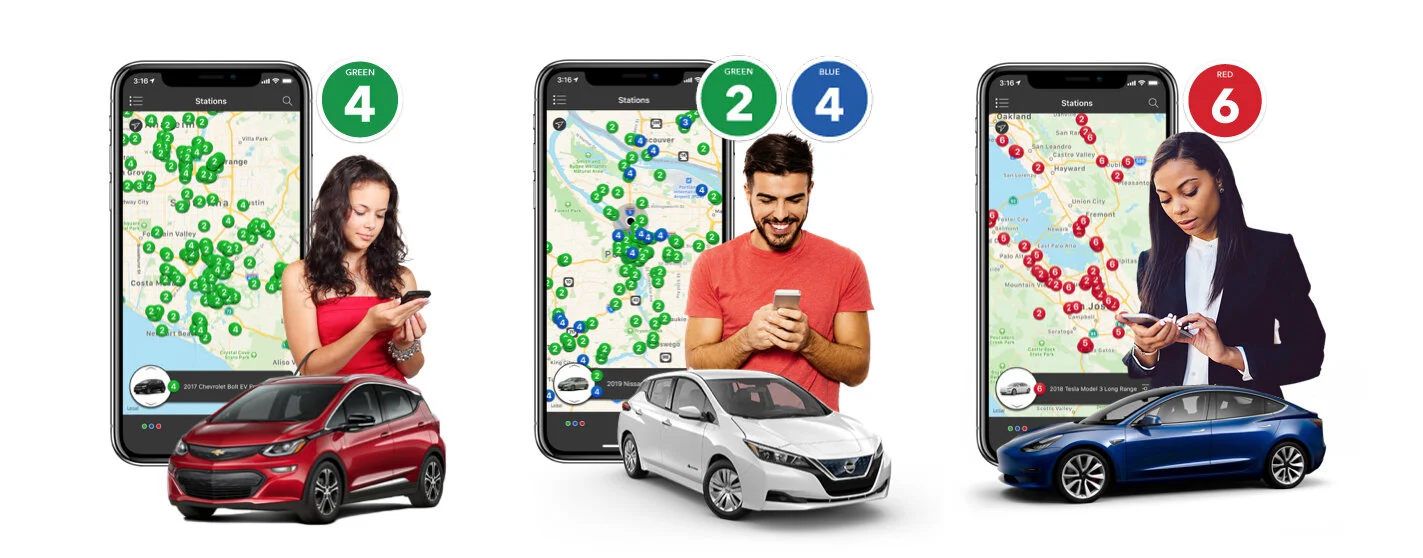Charging Network Interoperability: The Elusive Dream
[Jan. 19, 2020]
Over the last several years, there have been several pronouncements from the various charging networks in the U.S. about proposals for network interoperability. Essentially, your ChargePoint membership would work with EVgo, SEMAConnect, Greenlots, and so on. Most recently, Electrify America announced an interoperability initiative with ChargePoint in June 2019. I recently tested this by attempting to use the ChargePoint app to initiate a charge at an Electrify America L2 station. Unfortunately, the app was not recognized and I was instructed to un-plug.
Wouldn’t it be nice if one payment method worked for all?
This most recent initiative is just the latest in a series of false starts. The ROEV Association launched to much fanfare in 2015, and since has been practically silent, after initially promising working toward network interoperability.
Electrify America doesn’t necessarily require registration or activation of its app to use its charging network, with most of its chargers having credit card readers for on-site payment. Yet the larger issue remains the lack of coordination and harmonization among the charging networks for interoperability, requiring an individual app download for each.
This is an area where the EV ownership and driving experience trails that of ICE vehicles in terms of convenience. Other than the warehouse store chains Costco and Sam’s Club, or similar “club” stores, what other gas stations require you to have a brand-specific “membership” to fill up?
From a business standpoint, I understand the reluctance of these charging networks to simply hand over their back-end data infrastructure and customer database to a competitor without any promise of a payoff. Building out EV charging networks is expensive, tedious, highly regulated, and a notoriously low-margin business. But until the networks harmonize and standardize – and actually implement interoperability – it will continue to be an obstacle in the way of widespread EV adoption.
The unfortunate truth is that there will likely have to be some level of consolidation and rationalization among the charging networks. If EVs are ever going to achieve a high level of acceptance among consumers, there has to be an easy-to-use, intuitive charging experience, either with mandated point-of-charging payment acceptance (i.e. card readers, Apple Pay, Google Pay, etc.), or universal interoperability. Who wants to be stuck in a remote, unfamiliar location (which may or may not have good cellular service) having to download yet another app to charge their car? Today’s reality is that it requires multiple apps, research by the EV owner/operator as to what the predominant charging networks are in the area you live or are traveling to, and sometimes, even physical charging network RFID membership cards.
I have faith that some of these early/early-late adopter issues will be ironed out, and that someday, universally accessible EV charging will be available coast-to-coast, in both rural and urban areas. But for now, make sure you’re well equipped with apps, cards, and familiarity with your route.
(Main image courtesy Chevrolet)
Like what you read? Follow us on Google News and like us on Facebook!








